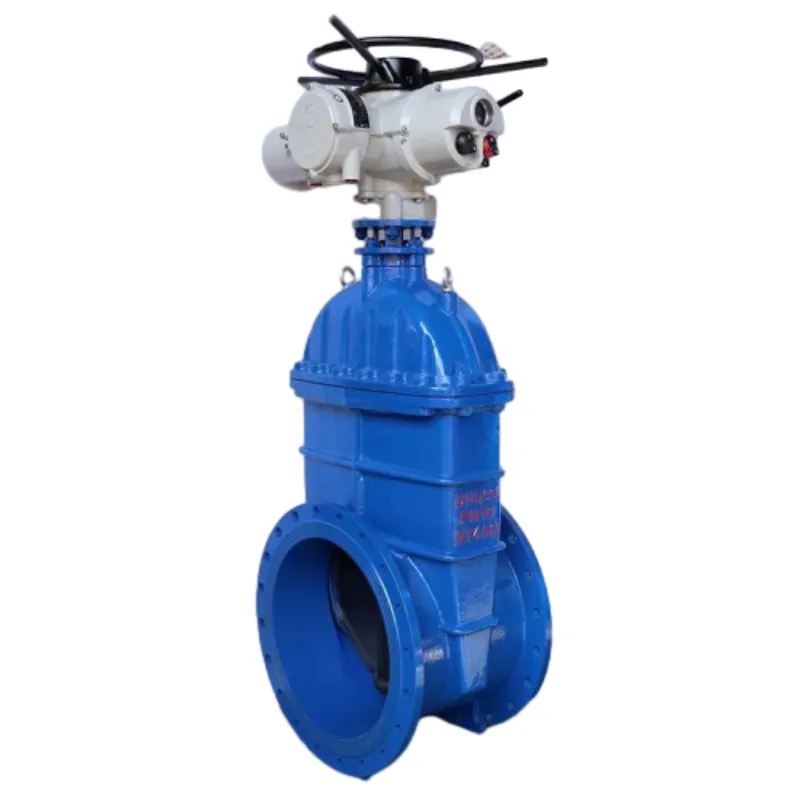Nov . 30, 2024 08:21 Back to list
Inspection of Cast Iron Surface Plates for Quality and Precision Standards
Inspecting Cast Iron Surface Plates Importance, Methods, and Best Practices
Cast iron surface plates are essential tools widely used in machining and manufacturing industries for precision measurements, ensuring that components meet the required specifications. These robust, flat surfaces provide a reference point for measuring the flatness, straightness, and squareness of workpieces and measuring tools. Given their critical role, regular inspection and maintenance of cast iron surface plates are vital for accurate measurements and prolonged service life.
The Importance of Inspection
The integrity of cast iron surface plates directly impacts the accuracy of the measuring processes. Any deformations, scratches, or wear on the surface can lead to inaccuracies in measurements, which may cause defects in the finished product and result in significant financial losses. Therefore, routine inspection of these plates is not just a recommendation but a necessity in ensuring the quality control of manufacturing processes. Regular inspections help identify issues before they escalate, saving time and resources while maintaining high-quality standards.
Inspection Methods
Several techniques are employed to inspect cast iron surface plates, each suited to different aspects of assessment
1. Visual Inspection This is the most basic form of inspection. Operators should look for visible signs of damage, such as chips, cracks, or surface wear. Regular visual checks can help catch minor issues before they progress.
2. Straightedge and Feeler Gage A straightedge can be laid across the surface plate, and feeler gauges can be used to measure gaps. This method allows for assessing the flatness of the surface, which is critical for precision measurements.
3. Dial Indicator Testing A dial indicator can provide a more precise measurement of flatness. By placing the indicator on various points of the surface plate, users can detect any deviations from flatness that may affect measurement accuracy.
4. Surface Roughness Measurement Utilizing surface roughness testers can evaluate the texture of the surface. A plate that is too rough can affect the accuracy of measurements and the repeatability of the processes.
cast iron inspection surface plate

Best Practices for Maintenance and Care
Apart from regular inspections, following best practices can extend the life of cast iron surface plates
- Environmental Control Since cast iron is prone to rust, it is crucial to store surface plates in controlled environments, free from moisture and corrosive substances. A climate-controlled space can significantly reduce the risk of rust formation.
- Gentle Handling Operators should handle surface plates with care to avoid impacts that can chip or warp the surface. Using appropriate lifting tools and techniques is highly recommended.
- Cleaning Procedures Regular cleaning of the surface plate is essential. Use the recommended cleaning agents that do not compromise the integrity of the surface. Avoid abrasive materials that can scratch or damage the plate.
- Proper Storage When not in use, surface plates should be stored flat and never inverted. This practice helps maintain their structure and prevents warping.
- Documentation Keeping a log of inspections, maintenance, and repairs is also beneficial. This documentation aids in tracking the plate's condition over time and determining when more extensive service may be necessary.
Conclusion
The inspection of cast iron surface plates is a critical aspect of maintaining measurement accuracy and overall manufacturing quality. Utilizing various inspection methods while adhering to best maintenance practices can significantly enhance the lifespan and reliability of these vital tools. Investing time and resources in regular inspections ultimately contributes to improved product quality and manufacturing efficiency, ensuring that cast iron surface plates serve their purpose effectively in a competitive industrial landscape.
-
Precision Manufacturing with Advanced Spline Gauge DesignNewsJul.31,2025
-
Industrial-Grade Calibrated Pin Gauges for Exact MeasurementsNewsJul.31,2025
-
Industrial Filtration Systems Depend on Quality Filter DN50 SolutionsNewsJul.31,2025
-
High-Performance Gate Valve WholesaleNewsJul.31,2025
-
Granite Surface Plate The Ultimate Solution for Precision MeasurementNewsJul.31,2025
-
Granite Industrial Tools The Ultimate Guide for Bulk BuyersNewsJul.31,2025
Related PRODUCTS









